LG QNED87T is a television that definitely stands out. It is somewhat unconventional – it doesn’t forcefully compete with top OLED models, but it makes up for that with modern features and user-friendly operation. This is a device that works wonderfully for those who value convenience and versatility. The 120 Hz panel, VRR, and ALLM ensure that the television handles dynamic content well. Games run smoothly, the picture is sharp, and the responses are quick. If we spend time on a console, we will appreciate the lack of delays or blurring. When watching sports, fast actions are clear, without stuttering. On a daily basis, LG QNED87T is simply comfortable. WebOS operates intuitively, applications launch quickly, and the Magic Remote significantly simplifies control. Voice control saves time, especially when searching for films or series. Features such as USB recording and Bluetooth offer more options, increasing its versatility. The IPS panel is a significant advantage when it comes to viewing angles. Regardless of where we sit in the room, the picture looks good. It’s an excellent solution in larger spaces, where not everyone has a direct view of the screen. Older films or standard television from built-in tuners also look decent – the improvement in the quality of lower resolution materials works surprisingly well. However, there are certain things that may stand out. The contrast is simply tragic. In dark scenes, there are no details at all. In the evening, in a dimmed room, this is very noticeable. During the day, these imperfections are less felt, so LG QNED87T is better suited for well-lit places. LG QNED87T is a television that has its strengths. It handles dynamic materials well, is comfortable to use, and is perfect for bright rooms. It is not an ideal model for evening screenings in darkness, but in everyday use, it certainly stands out. It is a versatile device that is worth considering when choosing a new television.
- Matching (Score)
- Our verdict
- TV appearance
- Where to buy
- Contrast and black detail
- HDR effect quality
- Factory color reproduction
- Color reproduction after calibration
- Smoothness of tonal transitions
- Image scaling and smoothness of tonal transitions
- Blur and motion smoothness
- Console compatibility and gaming features
- Input lag
- Compatibility with PC
- Viewing angles
- TV efficiency during daytime
- Details about the matrix
- TV features
- Apps
- Playing files from USB
- Sound
LG QNED87T6B vs TCL C7K / QM7K
Direct compare
C7K / Q7C / MQLED85K / C79K / C71K / QM7K
Available screen sizes: 50”

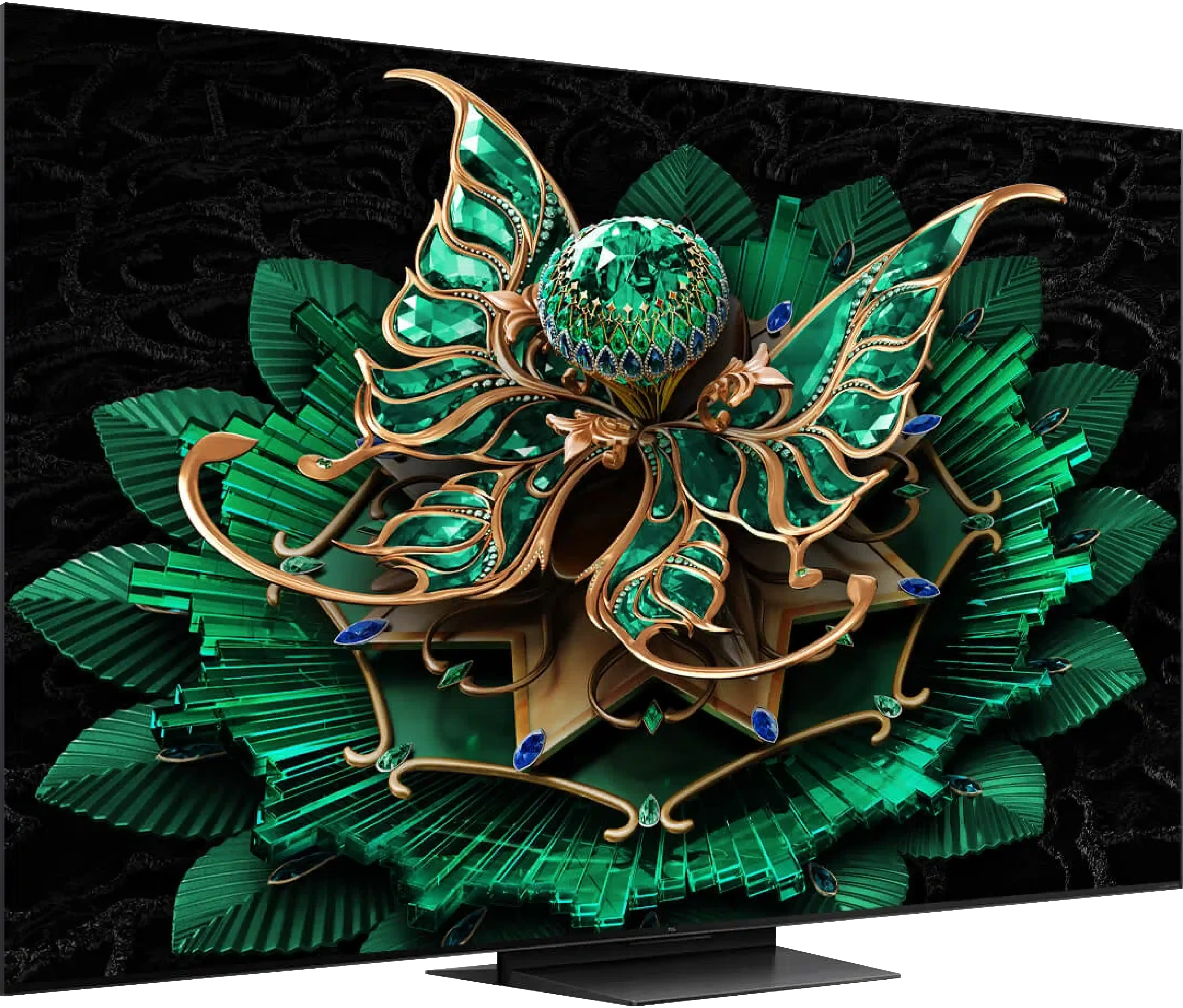
Panel type: LCD IPS
Resolution: 3840x2160
System: WebOS
Model year: 2024
Complete the survey to find out the result

Panel type: LCD VA
Resolution: 3840x2160
System: Google TV
Model year: 2025
Complete the survey to find out the result

Overall rating
6.8
7.2
Movies and series in UHD quality
6.0
6.7
Classic TV, YouTube
6.1
6.5
Sports broadcasts (TV and apps)
7.2
6.6
Gaming on console
8.2
8.5
TV as a computer monitor
7.6
8.4
Watching in bright light
4.8
6.1
Utility functions
9.5
7.3
Apps
8.3
9.6
Sound quality
6.0
7.0
Complete the survey to find out what fits your preferences
Advantages
Wonderful for gamers and sports - 120hz, HDMI 2.1
Wide viewing angles
Good choice for regular television - excellent digital processing and advanced user features
One of the better choices as a PC monitor
Remote control with cursor - Magic
Very good black - VA panel with a large number of Mini-LED zones
High brightness in HDR - over 1000 nits
Excellent for gamers - HDMI 2.1, low input lag, VRR, ALLM, etc.
Good motion smoothness - 144Hz panel
Supports multiple HDR formats: HDR10, HDR10+, Dolby Vision
Google TV operating system with access to a vast array of applications
Pleasant sound from built-in speakers
Disadvantages
Tragic contrast
Missing Dolby Vision, HDR 10+
Google TV can operate with minor stutters
No USB recording and PiP functionality
Our verdict
There are televisions that come for testing, and you immediately think: “oh, just another average one, probably like many others.” And basically… that’s true. The TCL C7K doesn’t try to dethrone OLEDs, nor does it shout from the box “revolution!” Yet, after a few days of testing, it’s hard not to think: “wow, this is really good equipment.” And that’s exactly what the C7K is. The biggest asset of the C7K is its decent picture at a reasonable price – MiniLED and quantum dots do their job here. The colours are vibrant, the brightness satisfactory, the contrast impressive, and with the right settings, you can truly enjoy viewing in the best quality. The second strong point is the smoothness of motion – both in sports and games. Support for HDMI 2.1, variable refresh rates, 144 Hz, and a whole host of other features make gaming on this TV a pure joy. Then there’s Google TV, which – despite some minor shortcomings – provides access to nearly an endless library of applications. Voice control, quick access to YouTube, Netflix, AirPlay support – it has everything you need for everyday use. Are there downsides? Of course. The Google TV system can have moments of “hesitation,” and MiniLED – being MiniLED – can stumble on very complex film scenes. But these are details. After all, the C7K is a mid-range model – and in this class, it performs simply excellently. So if you are looking for a reasonably priced, modern television with Google TV that looks good, works well, and plays quite decently without ruining your budget – the TCL C7K definitely deserves your attention.
TV appearance






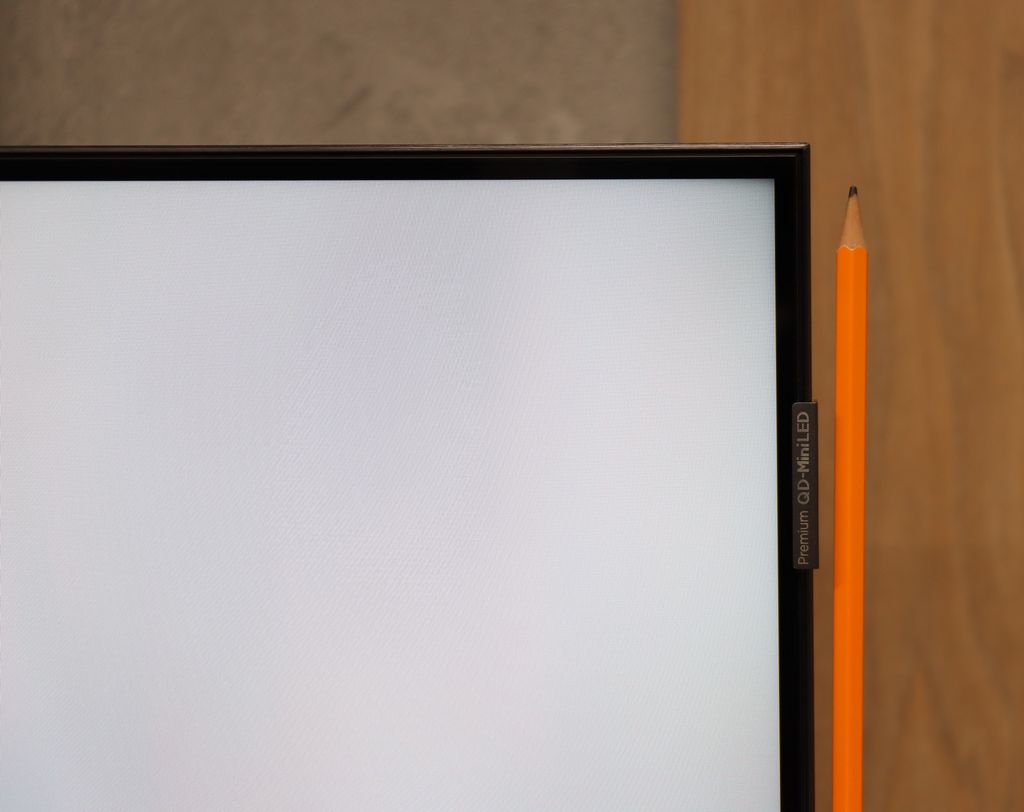
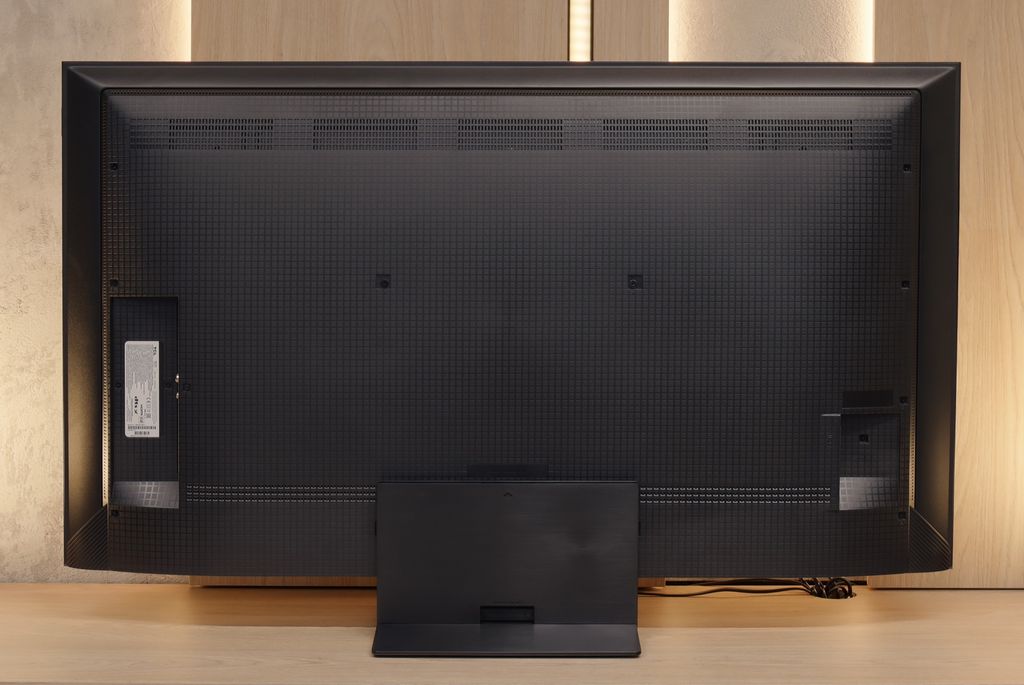
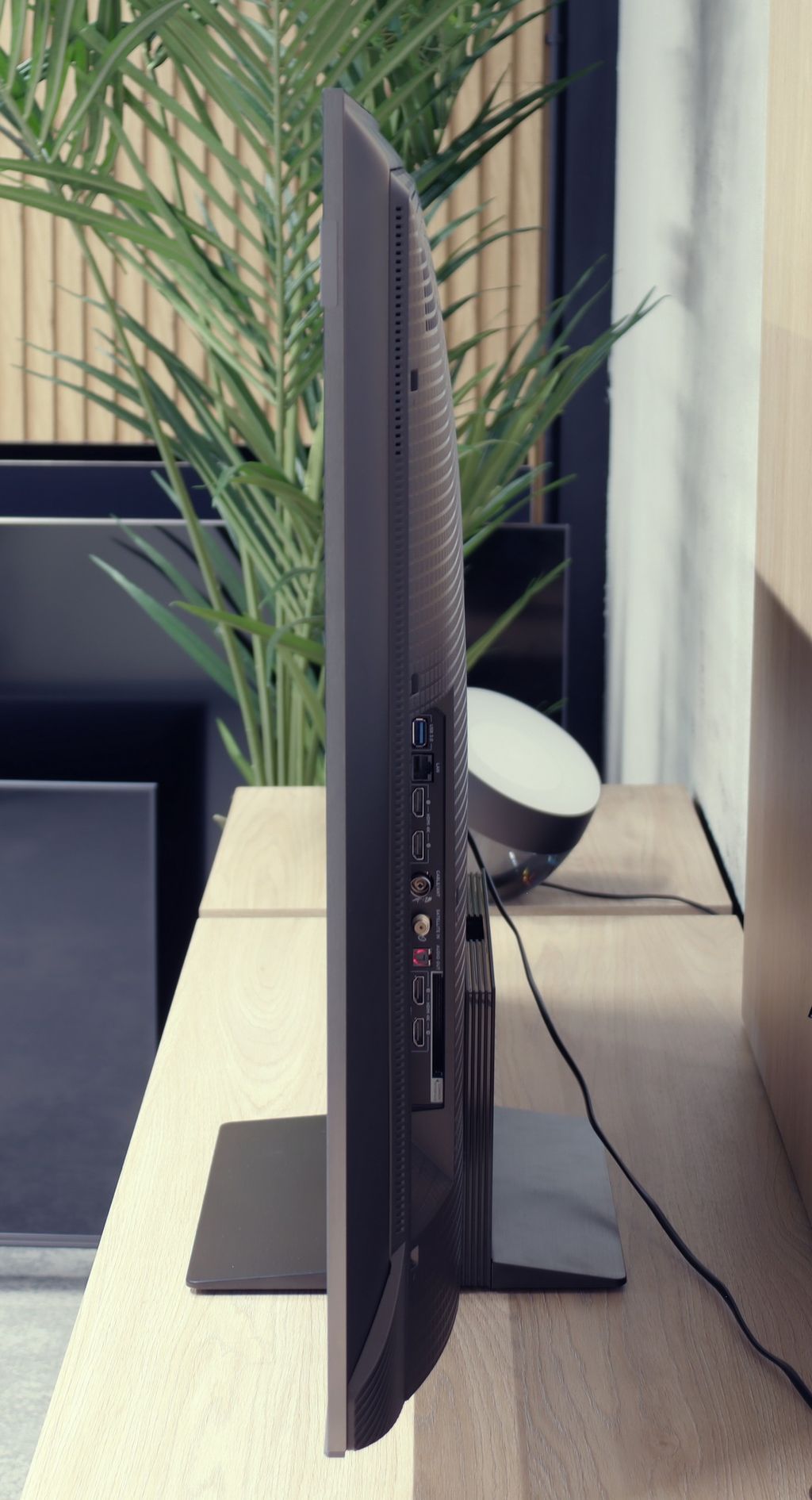
Contrast and black detail
3.3/10
7.1/10
Local dimming function: Yes, number of zones: 6 (6 x 1)
Local dimming function: Yes, number of zones: 336 (14 x 24)
Contrast:

Result
2,350:1

Result
1,250:1

Result
2,500:1

Result
1,450:1

Result
1,050:1

Result
161,000:1

Result
18,750:1

Result
13,150:1

Result
6,300:1

Result
4,200:1
Halo effect and black detail visibility:

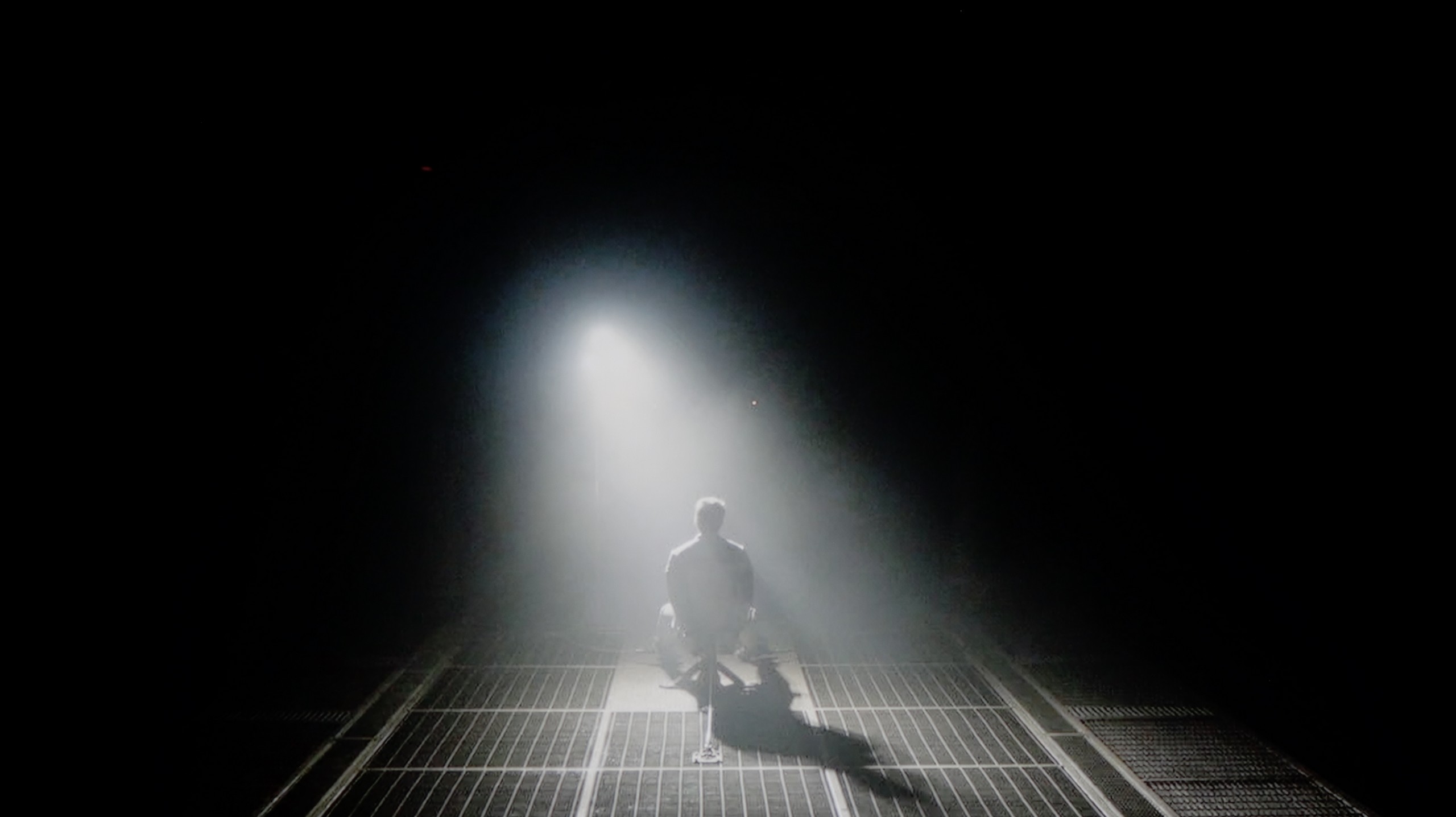
In the category of black levels and contrast, the television LG QNED87T6B has certain challenges to overcome. Equipped with an IPS panel, it does not match models with VA panels in terms of performance in this area. Additionally, the edge-lit dimming affects its poor results in this category. It is worth mentioning that the exception here is the 50-inch variant, which has a VA panel, and is not subject to this test.
Although the manufacturer offers a dimming control option, the effects remain relatively weak. Test patterns show that the contrast is truly miserable, and in the test scene from the film "Sicario 2," it is clearly visible how the television struggles with uneven backlighting, illuminating a large portion of the screen from below. This demonstrates that in more demanding scenes, the television has difficulties maintaining an appropriate level of contrast and black levels, which negatively impacts the overall visual experience.
The 50-inch TCL C7K that we tested surprised us right from the start – it’s the smallest model in the series, yet it comes equipped with a VA panel with MiniLED backlighting and – attention – as many as 336 dimming zones. For comparison: many significantly larger televisions from higher tiers would be eager to boast such a number. Here we have it in the 50-inch version. Sounds promising, doesn’t it? So how does this translate into real movie-watching experiences? In the vast majority of tested scenes – very well. The contrast was high enough that it reached even six-digit values in measurements, which practically means very deep blacks and well-separated highlights. In scenes from films like The Revenant or Oblivion, the effect was impressive, matching the best LCD screens in this class.
However, not everything went perfectly. Despite the impressive number of zones, managing them was not always exemplary. In more complex scenes, where small light sources or a high level of detail appeared, the television had issues with the so-called halo effect (a glowing halo around bright objects) or overly aggressive dimming of the image. In such situations, contrast could either collapse due to overexposure of certain zones or, conversely – details in bright areas disappeared because the zones suppressed the light too much. Nonetheless, it is worth noting that in the vast majority of scenes, the contrast was more than satisfactory. And taking into account the size of the television and the price, the final effect will satisfy not just average users.
HDR effect quality
5.2/10
5.4/10
Luminance measurements in HDR:

Result
409 nit

Result
486 nit

Result
574 nit

Result
464 nit

Result
439 nit

Result
1051 nit

Result
185 nit

Result
454 nit

Result
200 nit

Result
836 nit
Scene from the movie “Pan” (about 2800 nits)


Scene from the movie “Billy Lynn” (about 1100 nits)


Static HDR10


HDR luminance chart:
TCL C7K / QM7K
Luminancja HDR
Luminance of RGB colors
LG QNED87T6B
Luminancja HDR
Luminance of RGB colors
LG QNED87T6B delivers truly decent visual experiences when it comes to HDR. During our tests on test patterns, the television achieved brightness close to 500 nits, which is a satisfactory result and allows for good visibility of details in high dynamic scenes. Support for basic HDR formats, such as HDR10 and HLG, ensures appropriate image quality. Unfortunately, the television does not support more advanced standards, such as Dolby Vision or HDR10+, which are particularly important at this screen brightness. The lack of support for dynamic metadata means that in certain scenes, the television may struggle to fully reproduce details, especially in very bright areas – precisely when dynamic metadata could significantly improve image quality. Nevertheless, it is worth noting the excellent coverage of the wide DCI-P3 colour gamut, reaching as high as 96.4%. This ensures that the colours displayed by the QNED87T6B model are more vibrant and natural, enhancing the quality of 4K content with a wide colour palette.
TCL C7K is one of the brightest MiniLED televisions in its price range. Under the best testing conditions, the screen managed to achieve over 1200 nits, resulting in impressive, at times almost blindingly bright scenes. And most importantly – this is not just a theory based on measurements. In practice, the brightest parts of films can shine with true cinematic grandeur. Fans of home HDR cinema should be truly satisfied.
The impression is excellent, especially in scenes with large areas of brightness – a white sky, explosions, sun reflections, or magical sunsets can surprise with an intensity of light that is rarely seen in this price range.
However, it gets a bit worse when more challenging scenarios appear on the screen, as described when discussing contrast – that is, images full of details, with small, bright elements on a dark background. In such cases, the C7K often decides to preserve black levels at the expense of brightness. An example? Scenes from the films Sicario 2 or Life of Pi, where small light sources (like a distant lantern) can become less visible, and details in the lights are simply dimmed or blend into the background.
For many viewers, this may be an acceptable compromise – as we achieve deep black levels and a pleasing plasticity of the image. Nevertheless, it is worth being aware that the visibility of small details in bright areas is not this model's strongest suit. It is simply a technological limitation that still exists – even with over 300 zones.
Factory color reproduction
5.4/10
6/10


Factory Mode
After calibration
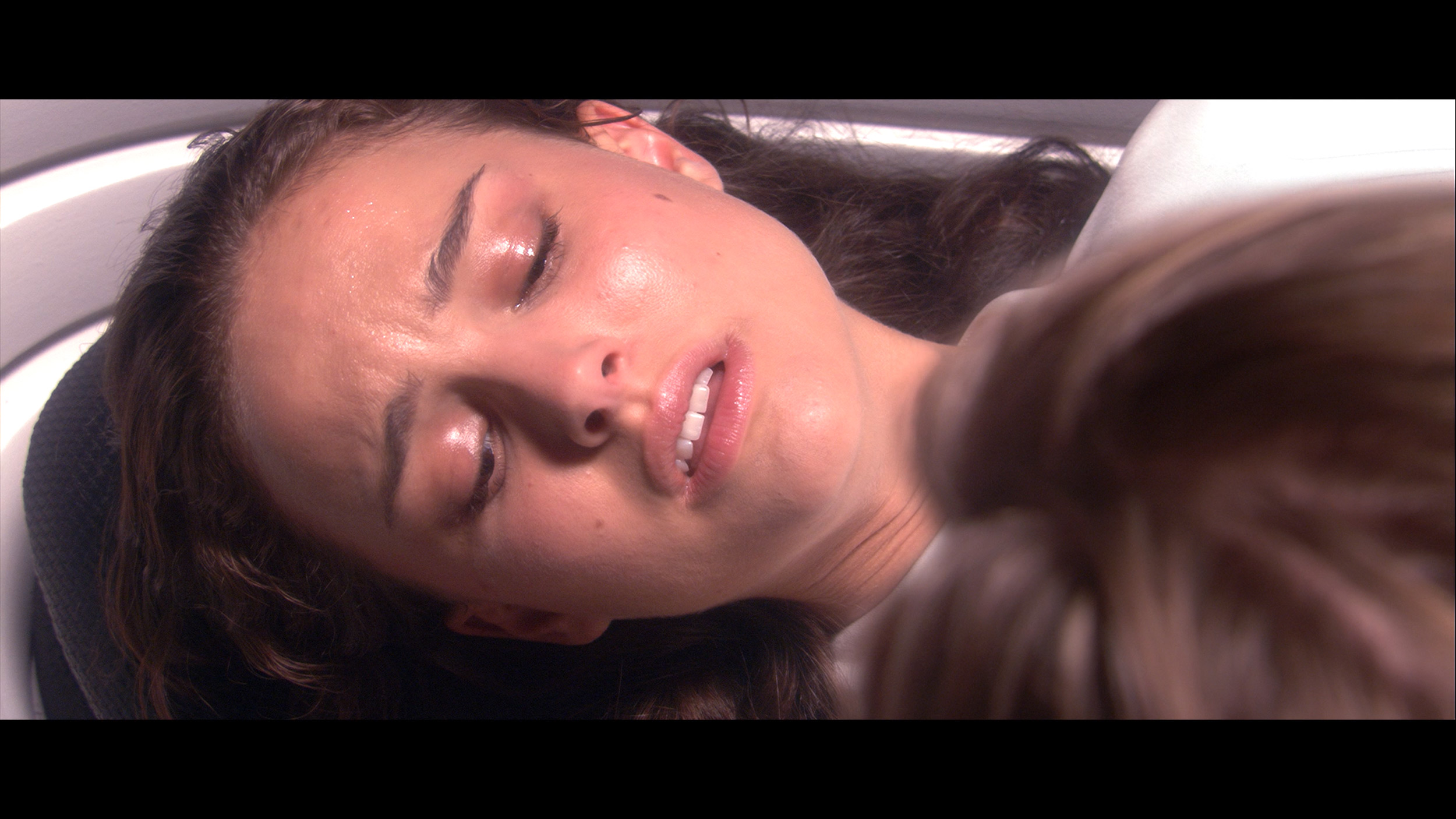

Factory Mode
After calibration
The colour reproduction in the LG QNED, even in Filmmaker Mode, which is the best factory setting, is not without flaws. The main issue is the white balance – we noticed that the level of blue on the graph tends to decrease. This results in a shift towards yellow tones, making the image appear warmer than it should. This deviation affects the naturalness of colour reproduction, especially in scenes with a white or neutral background. The Color Checker test confirmed that some colours are distorted and deviate from reality. Such distortion can make cinematic scenes seem less realistic, and details are represented in incorrect colours, which negatively impacts the overall picture quality.
In terms of contrast, the analysis of the gamma graph revealed significant drops, while the optimal value should be 2.4. This means that the television may display darker parts of the image brighter in certain scenes, which reduces their depth and dynamism. Additionally, on the EOTF curve, which is responsible for brightness reproduction, an unnatural drop was noted at the beginning. This phenomenon may result in less accuracy in reproducing dark scenes, which in turn affects the overall picture quality. The television may not convey the full depth of black, causing more demanding scenes to lose realism and detail. As a result, viewers may notice that details in the darker areas of the image become less distinct.
A new feature in TCL televisions for 2025 is the long-awaited Filmmaker mode, which until now has been found in most competing brands. This is great news, as this mode is considered to be the truest to the original vision of the creators and is often recommended by enthusiasts of good picture quality. Unfortunately, as is often the case, the mere presence of this mode does not guarantee perfection. The Filmmaker mode in the TCL C7K is not without its flaws. There can be criticism of the incorrect white balance, particularly a slight dominance of blue, which resulted in cool, somewhat greyish skin tones. But that was not the biggest issue. The main complaint was the excessive brightness exposure, which is clearly visible on the gamma and EOTF graphs. The image was simply too bright, at times even blown out, which affected not only the texture of scenes but also the overall viewing experience. Some details were simply lost, and the entire image looked as if someone had slightly overcooked the brightness slider. As always, we decided to check what could be extracted from this after calibration. And that’s where it started to get really interesting…
Color reproduction after calibration
7.8/10
7.5/10

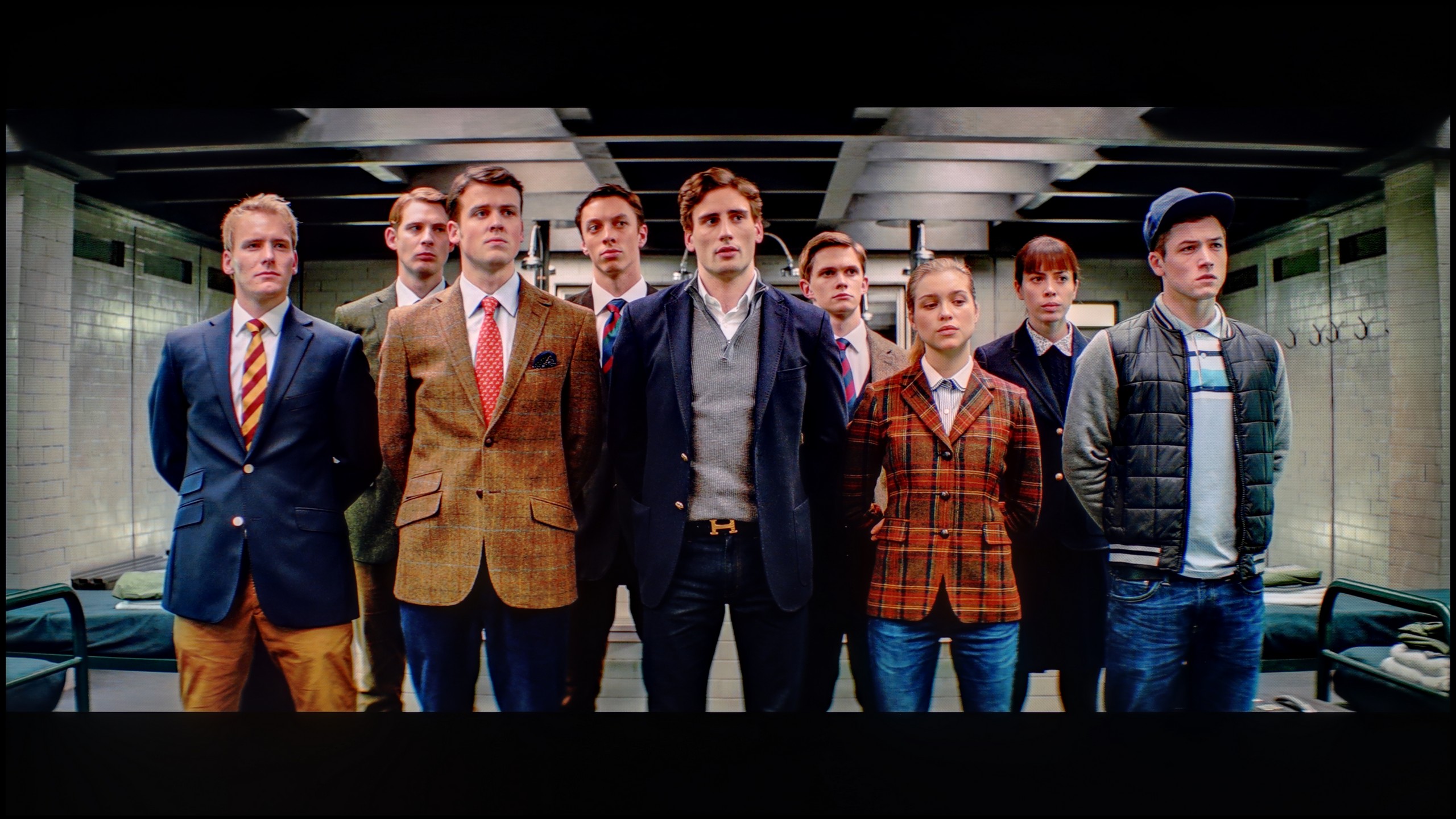

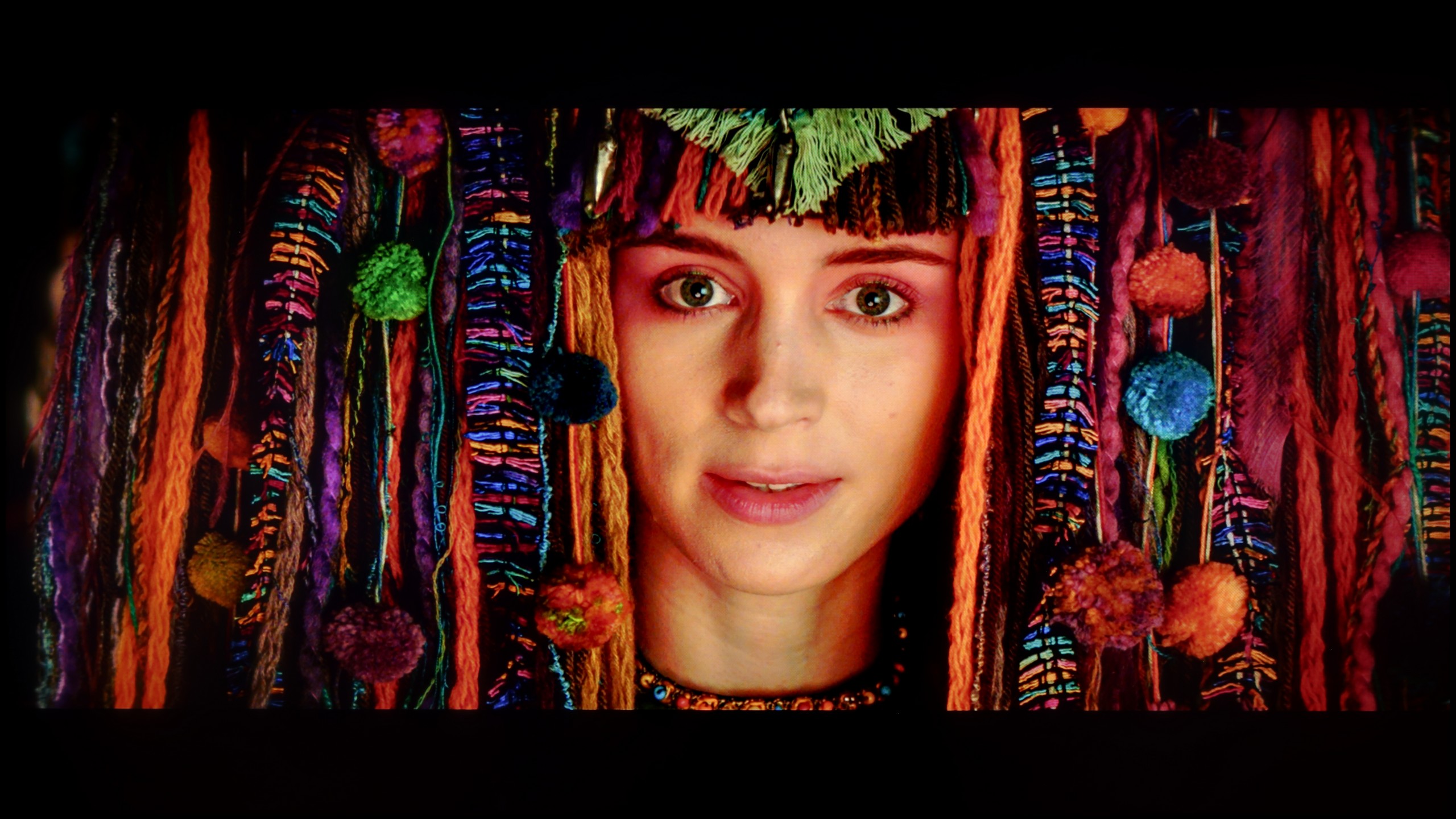
After calibration, the colours in SDR content look very good. The improved white balance translates to natural and harmonious shades in various scenes. Thanks to the precise adjustment of the gamma, details in shadows and bright areas of the image are accurately reproduced. The television performs excellently in everyday use, offering vivid, well-balanced images and solid colour quality in HD quality. The greatest beneficiary here is also the contrast. The gamma chart has been freed from very large errors, so here the television has gained a second face.
As for the white balance in 4K HDR, it has also been significantly improved. However, certain errors still appear at the end of the chart. This could be due to the overly aggressive operation of the television's local dimming, which affects the accurate reproduction of colour in certain scenes. It is difficult to speak here of an improvement in brightness represented by the EOTF curve. Due to its construction limitations, the television has certain disadvantages and we are not able to overcome them. The Color Checker test confirms the issue with colour saturation – despite the television offering a wide colour palette, it is not able to fully convey what the director intended.
Despite these shortcomings, the overall picture quality after calibration is significantly better than before. Improvements in white balance and gamma adjustment make images more vivid, and colours closer to reality.
After calibration, the TCL C7K showcased itself in a really good light, especially when it comes to SDR content. We managed to precisely tune the white balance, colour gamut, and brightness characteristics to the point that colour errors on the ColorChecker palette dropped below a value of 2. For the uninitiated – this is nearly a perfect result, which means that the image is very close to what the creators intended. Unfortunately, the situation was worse with 4K HDR content. Although we managed to gently stabilize the white balance and correct its previous errors, it was still evident that the television has certain "MiniLED traits," especially in brightness management. When we checked how the C7K handled the EOTF curve on actual film scenes, rather than just on synthetic test patterns, it turned out that the screen still tends to slightly brighten the entire image. This impacts the overall experience – blacks lose some depth, and the image becomes less contrasty than it should be. Despite these minor shortcomings in HDR content, the overall reception of materials – especially in SDR – is truly very good. After calibration, the C7K can display an image that can compete successfully with much more expensive models. Good colour tuning, natural skin tones, and pleasant brightness make movie sessions and everyday viewing of content more than satisfactory.
Smoothness of tonal transitions
8.6/10
8.6/10







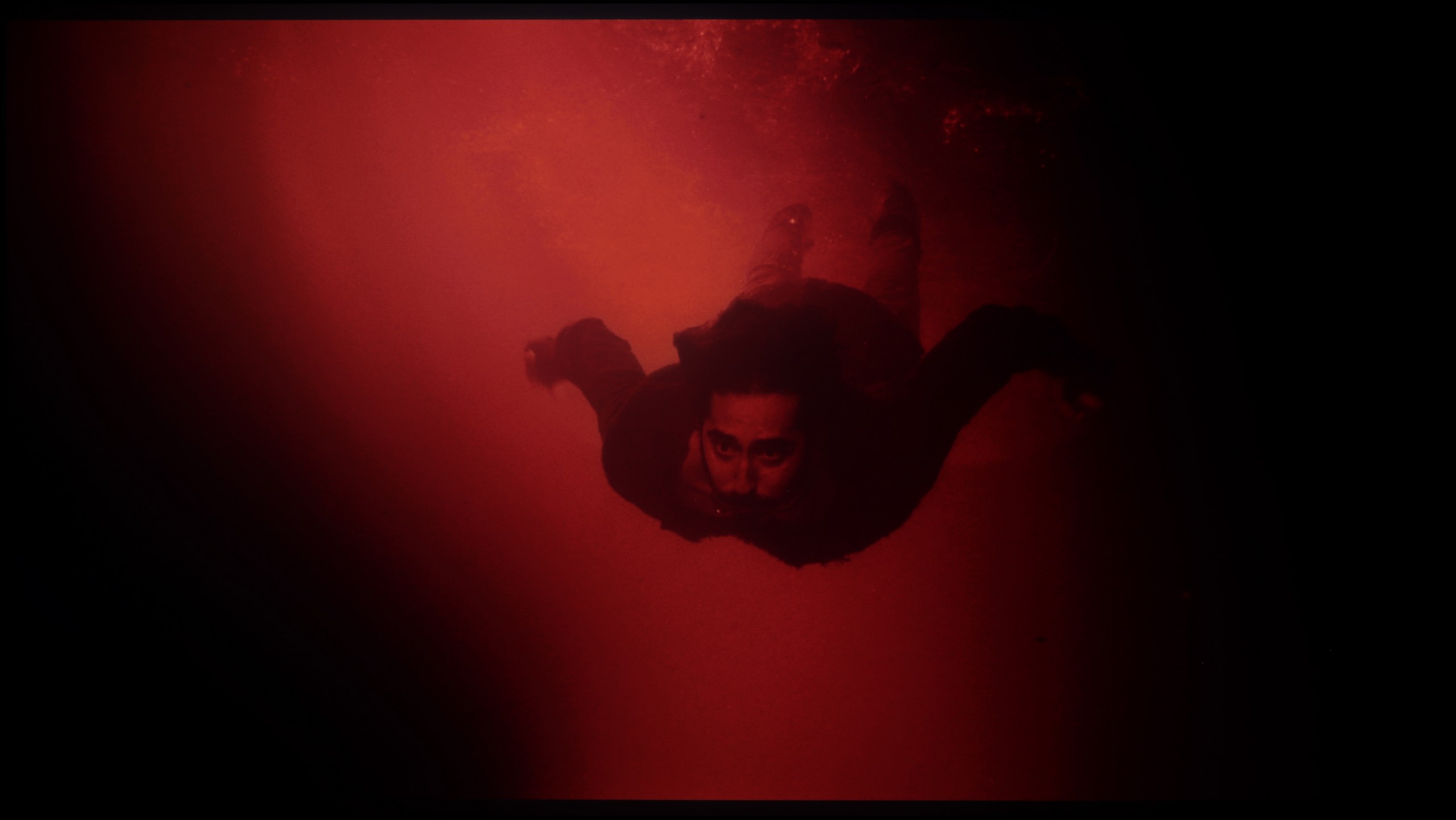




The gradation in LG QNED is quite good, despite minor issues on the colourful dark sky. These slight flaws do not detract from the fact that the gradation is one of the positive aspects of this model. Overall, the television performs well with smooth transitions of colours.
The TCL C7K handles colour gradation very well – in most of the tested scenes, tonal transitions were smooth, and colours blended together without visible outlines or the artificial "blot" effect. In everyday use, it's hard to find anything to criticise – the picture looks natural, without annoying transitions or digital artifacts. Certain limitations only arise in very dark tones – particularly in a heavily muted grey palette, where the television may struggle to reproduce the ideal gradation. But this is absolutely understandable, as even many significantly more expensive models in this regard simply falter. Fortunately, these situations are rare and do not significantly impact the overall impression.
Image scaling and smoothness of tonal transitions
8/10
5.5/10
Smooth transition function


Image without overscan on the SD signal


When it comes to lower quality materials, the gradation looks really good. A feature called "Smooth Gradation" effectively smooths out the most problematic areas of the image without negatively affecting the film grain. For the best effect, it’s worth setting it to a low level. This solution significantly improves the quality of the displayed content and makes watching lower resolution materials more enjoyable and smoother.
In terms of digital processing, the image is displayed without cropping, known as overscanning. Although slight fringing of the branches against the model’s background can be noticed, the overall presentation is very good. Users should be satisfied with the image quality when watching low-quality materials, such as standard television. The television handles this task exceptionally well, providing a satisfying visual experience even with lower quality content.
TCL C7K is equipped with a feature that, according to the manufacturer, is meant to smooth out unwanted colour transitions – a sort of rescue for less successful tonal shifts. It is called "Gradual Smoothing" and… well, it sounds ambitious, but in practice it works very poorly. Regardless of whether we set it to a low or high level, the difference is minimal. Worst of all, the feature can cut out elements from the picture that should be there. Fortunately, film grain remains untouched, so at least it doesn’t smooth everything indiscriminately, but still – it’s better to simply turn this option off.
When it comes to scaling lower resolution content, it is somewhat better. SD and HD materials look quite decent, although at times we had the impression that the image loses sharpness and becomes too soft – as if something took away its definition. Fortunately, with very low sources (e.g. 576p), there was no overscan effect, meaning the picture was not artificially cropped – everything fit on the screen as it should.
Blur and motion smoothness
7.8/10
8.1/10

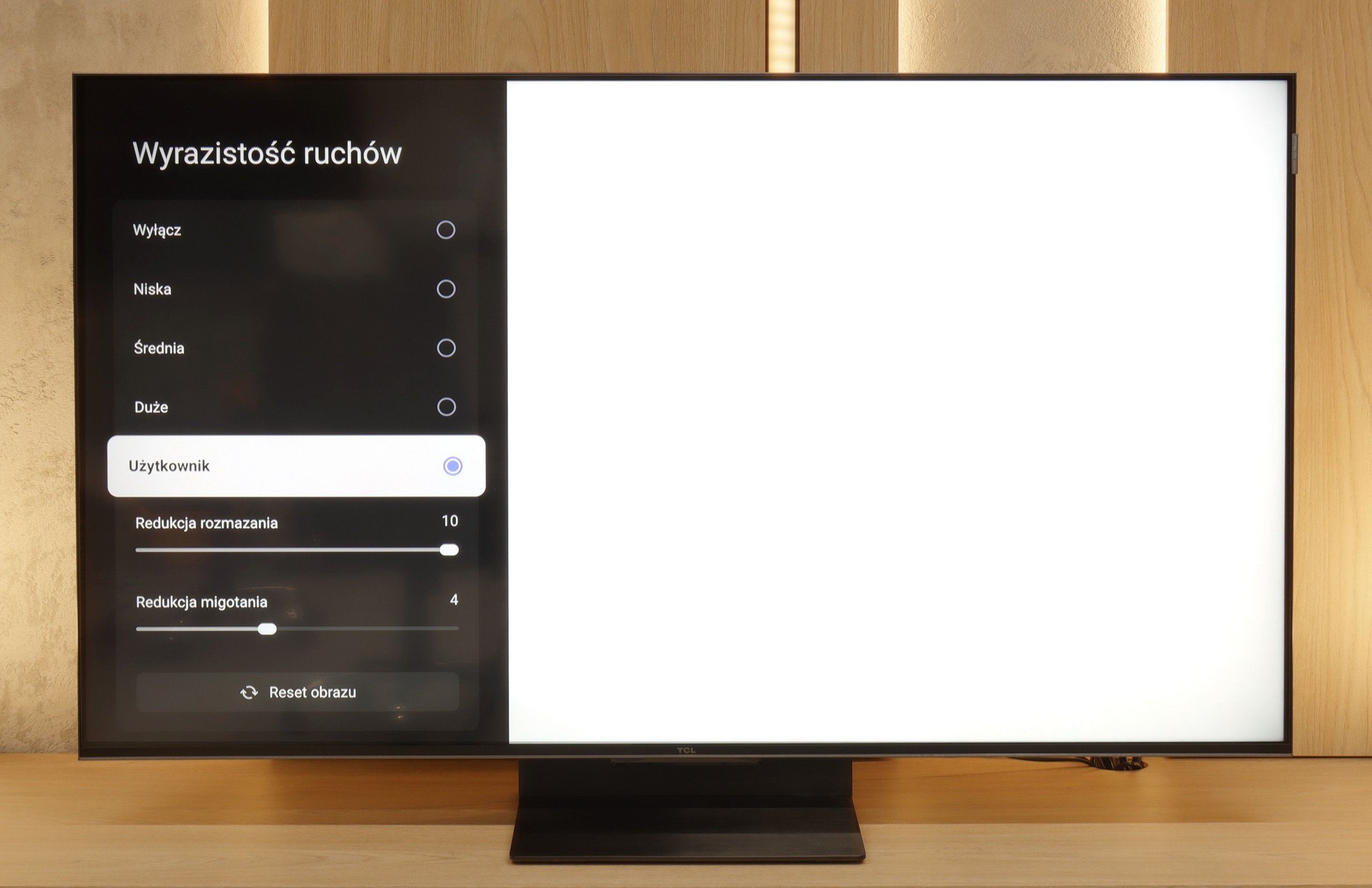
Blur (native resolution, maximum refresh rate):





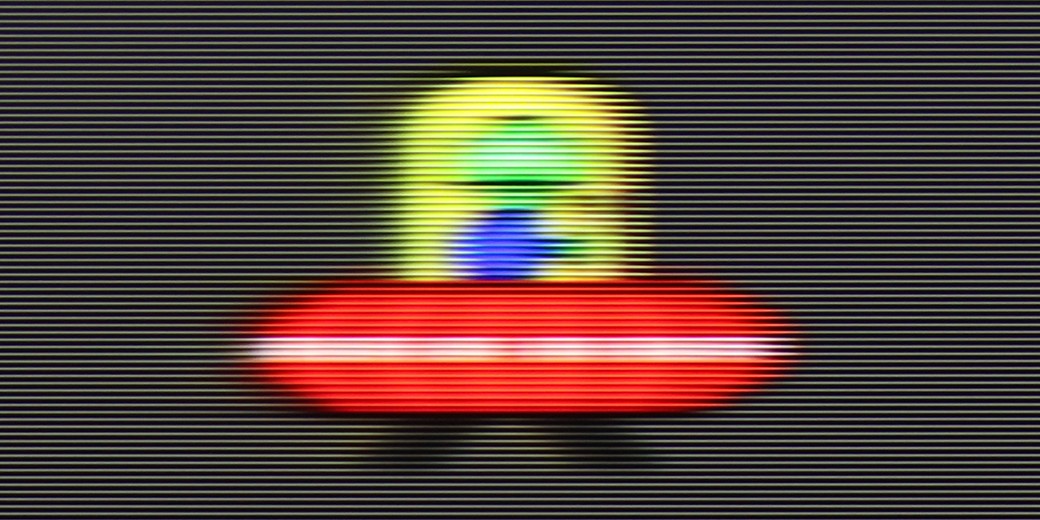
Blur (BFI function enabled):






Smużenie ():
Smużenie (4K 144Hz):



The television provides decent smoothness when watching films, thanks to the "Tru Motion" feature that allows for adjustment of the motion smoothing level on a scale from 0 to 10. De-Judder adjusts motion smoothness, while De-Blur regulates motion sharpness. The user has the option to choose between a traditional, cinematic effect with slight judder (lower settings) and a smoother, theatrical image. Although the latter slightly deviates from the cinematic standard, it may be appealing to many viewers.
As for gamers and sports fans, the LG QNED87 television with a 120Hz panel will certainly not disappoint them. And with the use of an IPS panel, the response time is generally better than that of VA panels available at a similar price. This guarantees smoother gameplay and dynamic experiences when watching sports events.
The TCL C7K handles motion fluidity really very well. The matrix used in it offers a refresh rate of 144 Hz, which in itself suggests that this television is more than just a regular "60 Hz" panel. Furthermore – if we connect the C7K to a computer and set the resolution to Full HD. But we'll write more about this in the paragraph about gamers and PC collaboration. Returning to everyday use – both sports and films look very good here. Thanks to the fast panel and well-functioning motion smoothing, the C7K is great for watching matches, but also for movie screenings. In the menu, we find two sliders – motion blur reduction and flicker reduction – which allow us to adjust the fluidity effect to our own preferences. At lower settings, we get a more cinematic effect, with slight stuttering motion. At higher settings – the picture becomes more theatrical, fluid to the point of excess. Everyone has their own preferences – anyone can set it to their liking.
Console compatibility and gaming features
9.2/10
9.8/10
- ALLM
- VRR
- VRR range48 - 120Hz48 - 144Hz
- Dolby Vision Game Mode
- Correct implementation of HGIG
- 1080p@120Hz
- 1440p@120Hz
- 4K@120Hz
- Game bar

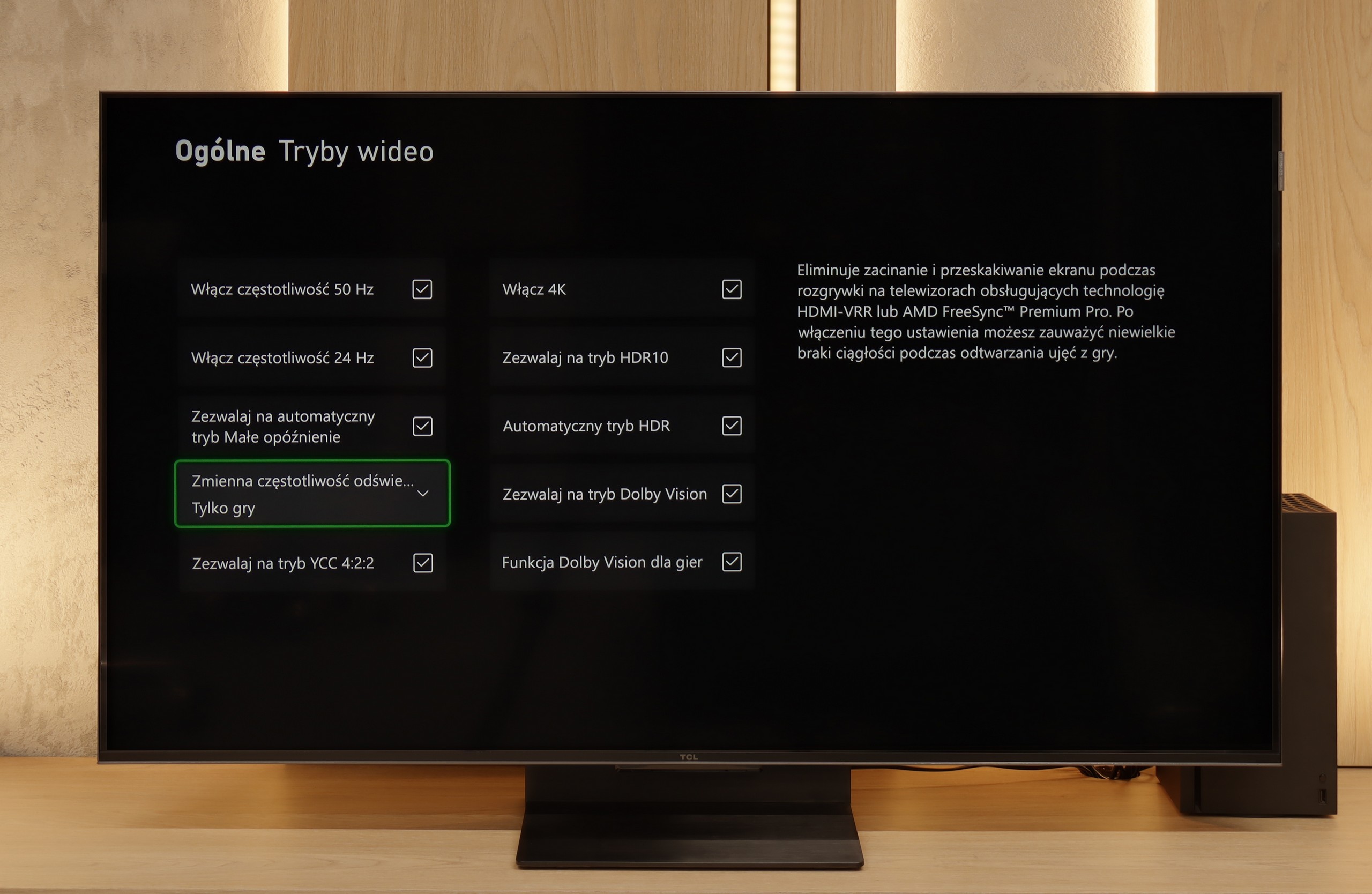

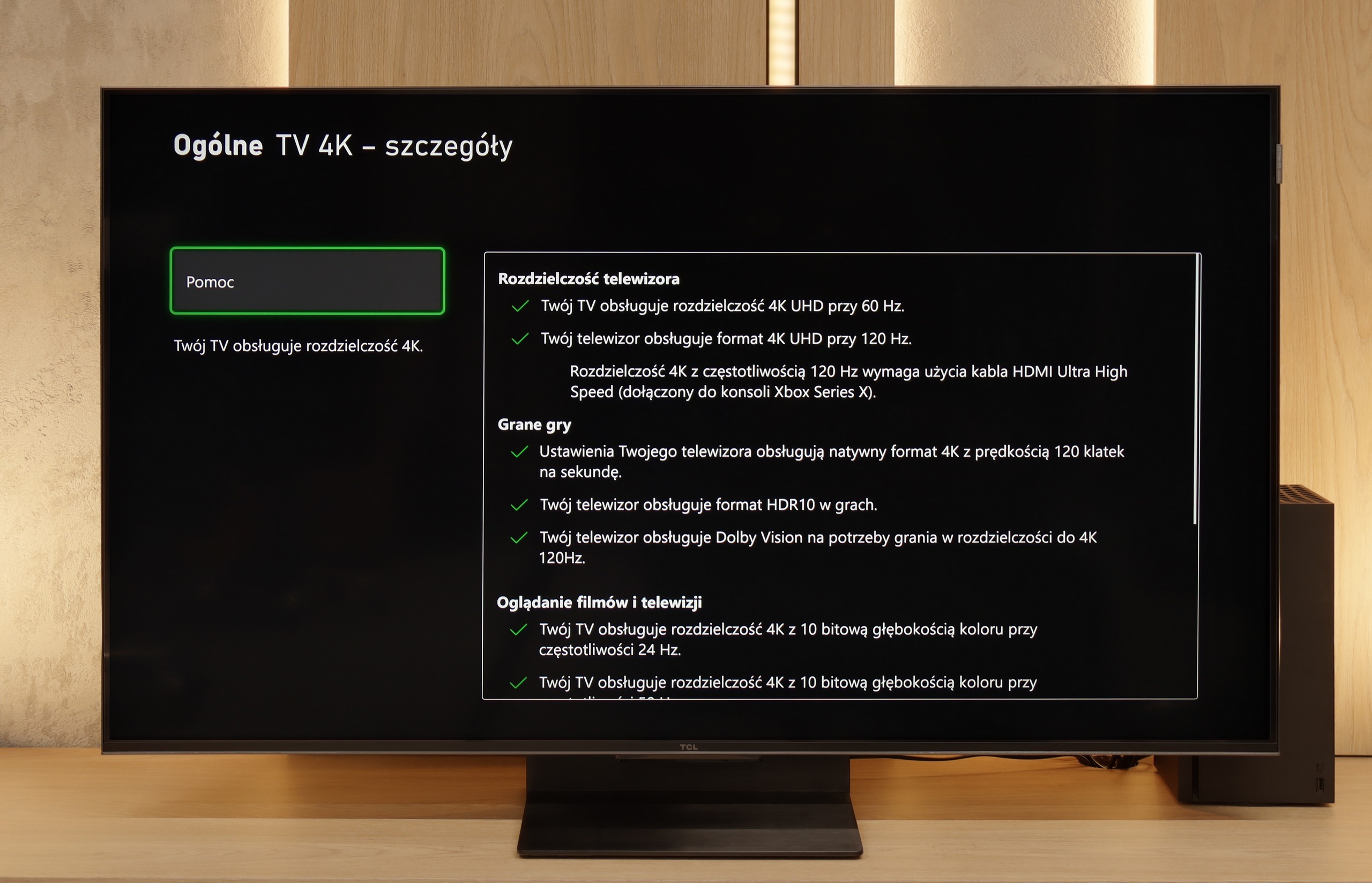

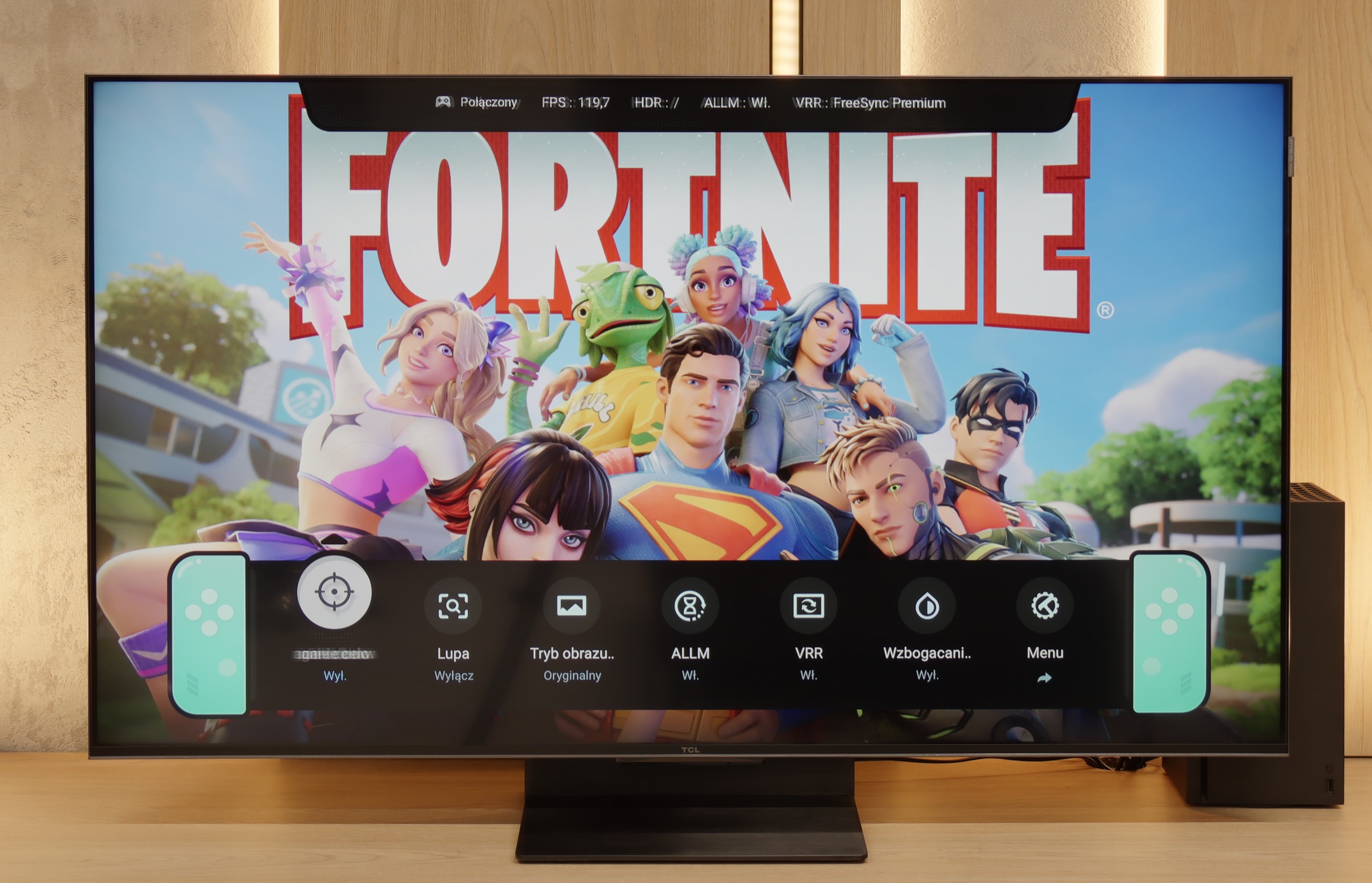

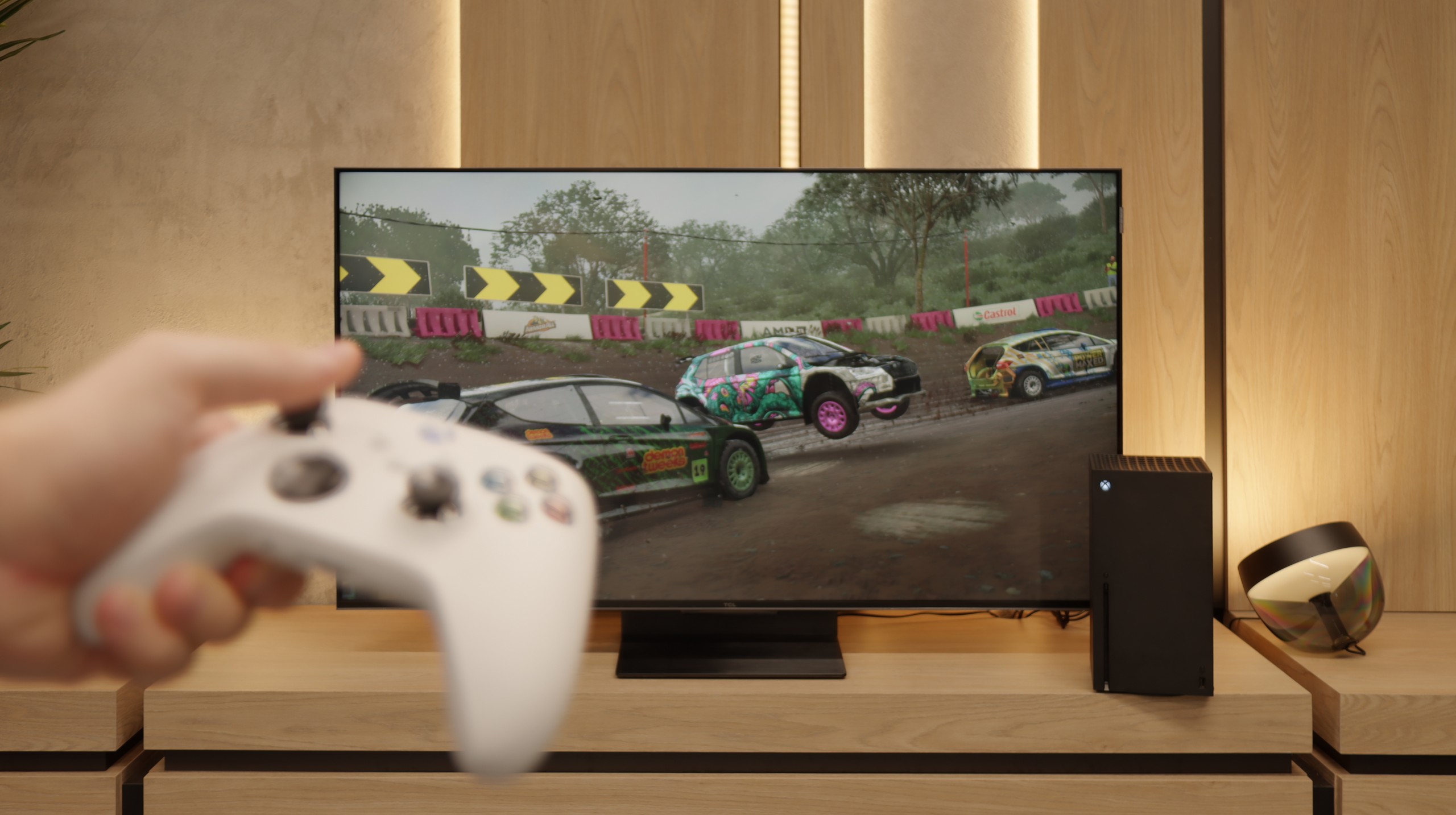
LG QNED offers a range of features that make it an excellent choice for gamers looking for a high-performance television. The television is equipped with four HDMI 2.1 ports, allowing for connection to the latest consoles, such as PlayStation 5 and Xbox Series X, and taking full advantage of features including Variable Refresh Rate (VRR) and Auto Low Latency Mode (ALLM). With the Game Bar feature, gamers can quickly and easily manage all their game settings without having to navigate through complicated menus. It is possible to adjust parameters such as VRR, ALLM, Multi View, and monitor frame rates. The television also supports G-Sync and FreeSync technologies, which is particularly important for owners of Nvidia and AMD graphics cards. G-Sync and FreeSync synchronise the television's refresh rate with the graphics card. The 120Hz panel ensures incredible motion smoothness and image clarity. Combined with the Black Frame Insertion (BFI) feature, available at 60Hz and 120Hz, gamers can enjoy an even clearer and smoother picture. LG QNED87 is a television that will meet the expectations of even the most demanding gamers, offering modern technologies and features that significantly enhance comfort and satisfaction in gaming.
The TCL C7K is a television that on paper appears to be the dream equipment for gamers – and most importantly, it holds up in practice too. To start with good news: there are two full-bandwidth HDMI 2.1 ports, so we can easily connect both a console and a computer, taking advantage of all their capabilities. The panel itself supports a refresh rate of 144 Hz, which gives a significant advantage in dynamic games. There is also a complete set of gaming features: VRR (variable refresh rate), ALLM (automatic low-latency mode), and support for Dolby Vision in games. There is also the HGiG mode, which allows for HDR effects consistent with the creators' intentions. GameBar, an information bar for gamers. It works quickly, looks clear (like a Nintendo console👌), and shows what matters most: the current frame rate, VRR status, and even HDR parameters.
Input lag
9.9/10
9.7/10
SDR
HDR
Dolby Vision
LG QNED stands out with an extremely low input lag, which is crucial for smooth and responsive gameplay. For a refresh rate of 120Hz, input lag values do not exceed 6 ms, whereas at 60Hz, the input lag reaches a maximum of 15 ms. These are truly impressive results that ensure player reactions are almost instantly reflected on the screen.
When it comes to delays, the C7K gives no reason for complaints. In games at 120 Hz, input lag is around 10 ms, which means the television responds really quickly. And interestingly – even in Dolby Vision mode, the result is very similar, which is not always the standard. Good job, TCL. At 60 Hz, the lag does increase a bit, but that's completely normal and affects virtually every television with a refresh rate of 120Hz and above. The most important thing is that everything still runs smoothly and there’s no feeling that something is not responding to our actions.
Compatibility with PC
7.6/10
8.4/10

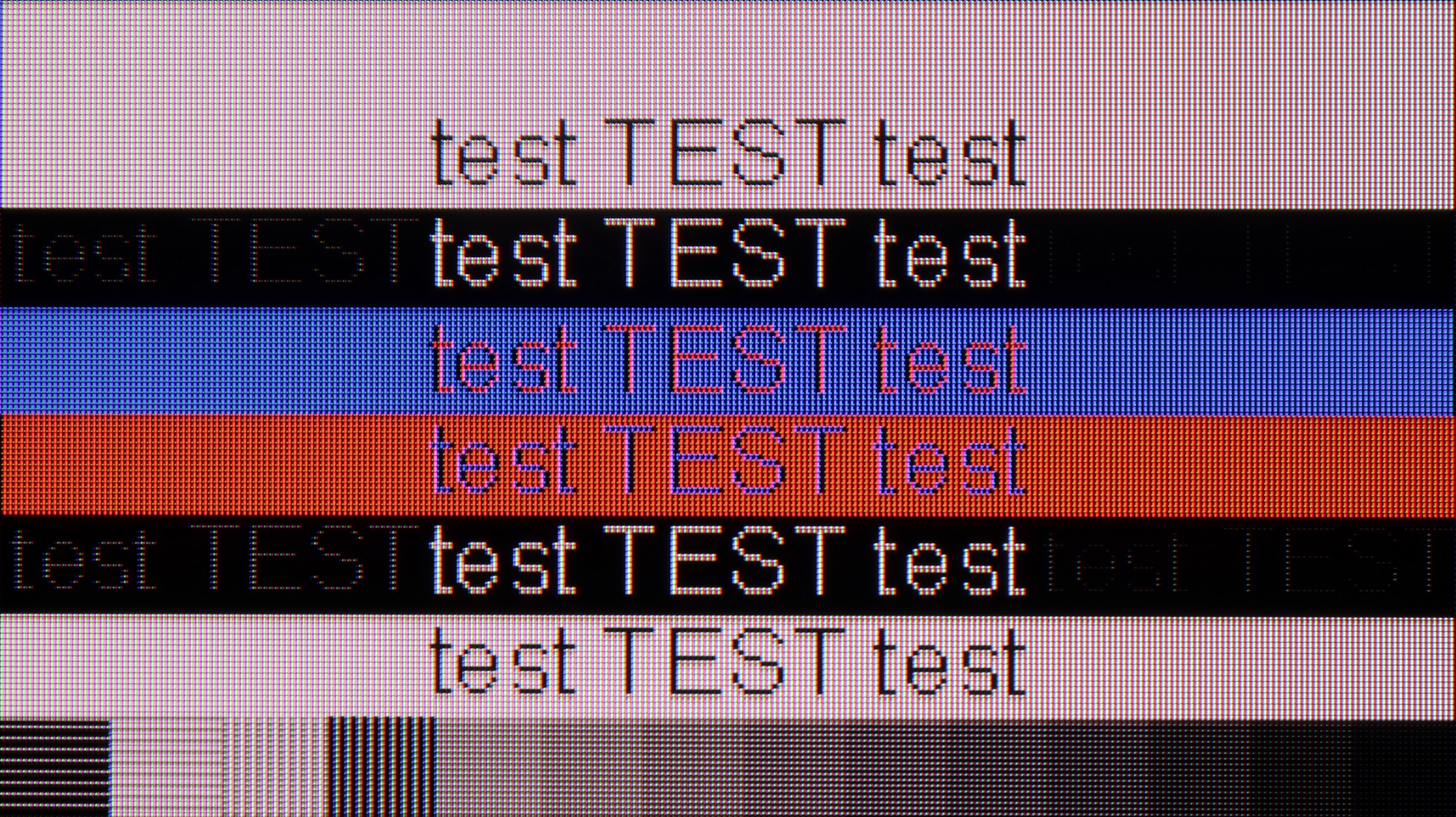
The LG QNED television works excellently with a computer, offering very good font readability. As a result, working and browsing content is exceptionally comfortable. The high refresh rate of 120Hz ensures a smooth and vivid image. It combines a large workspace with efficiency, making it a real pleasure to use. However, for more demanding users, the disappointing fact may be that the television has issues displaying fonts on a dark background. Instead of white letters, they take on a greenish hue.
If we are going to connect the C7K to a computer – especially for gaming – there is definitely a lot to play for. We have 4K at 144 Hz, which already sounds great, but if we lower the resolution, the television can even display up to 280 Hz. In e-sports, where every fraction of a second counts, this really makes a difference. On top of that, there is support for G-Sync and FreeSync, so regardless of which graphics card we have – the image will be smooth, without any stuttering or tearing.
However, if we plan to place the C7K on a desk and use it like a monitor, it’s a bit less "rosy." Yes, it supports chroma 4:4:4, so fonts should be sharp, but with very dark letters, there is slight blurriness and dimming of the edges. This is not something that immediately stands out during gaming or watching, but when working with text – it can be distracting. In everyday use – it’s probably nothing to worry about, but if we plan to place a 50-inch screen a meter from our face, it’s worth keeping this in mind.
Viewing angles
7.1/10
3/10
When it comes to viewing angles, LG QNED87 performs really well. Thanks to the use of an IPS panel, it offers wide viewing angles compared to VA panels. This means that the image remains clear and does not lose quality even at an angle. Although it may not achieve results as perfect as OLED televisions, which maintain colours and brightness regardless of the viewing angle, in the context of LCD QNED87 screens, it stands out positively. This makes it an excellent choice for larger rooms where viewers often watch from an angle.
There are no surprises here – the C7K has classic viewing angles for a VA panel. That is: sitting directly in front – it’s excellent. The colours look good, the contrast is strong, everything is in place. But just shifting slightly to the side and it starts to get worse – the image loses saturation, blacks turn grey, and the overall impression diminishes a bit. So, if we plan to watch together with a few people or have a sofa that takes up half the living room – it’s worth seating everyone a bit more centrally. You can watch from the side, but don’t expect miracles – it’s simply a characteristic of VA panels.
TV efficiency during daytime
4.8/10
6.1/10




Matrix brightness
Average luminance SDR
TCL C7K / QM7K: 475 cd/m2
LG QNED87T6B: 428 cd/m2
During the day, the LG QNED television performs acceptably. It has a satin finish panel that doesn't suppress reflections very well, which can be noticeable in bright rooms. Nevertheless, thanks to quite good brightness of 430 nits, the picture remains visible and readable. Although reflections can be somewhat distracting, the television's brightness allows for comfortable use during the day.
Fortunately, the TCL C7K performs quite well in bright rooms. The applied panel has a satin finish that effectively suppresses reflections, which means we don't have to worry about lamp or window reflections even on sunny days. Importantly, the colours maintain their intensity and do not wash out, as can happen with weaker matte panels. In terms of brightness, the average for content like YouTube or regular television is slightly below 500 nits. This is not a record-breaking result – for example, the MQLED85 (C765) performs better in this regard. However, for everyday viewing during the day, it should work without major issues, provided we do not plan to place it opposite a south-facing window without curtains.
Details about the matrix
Subpixel Structure:

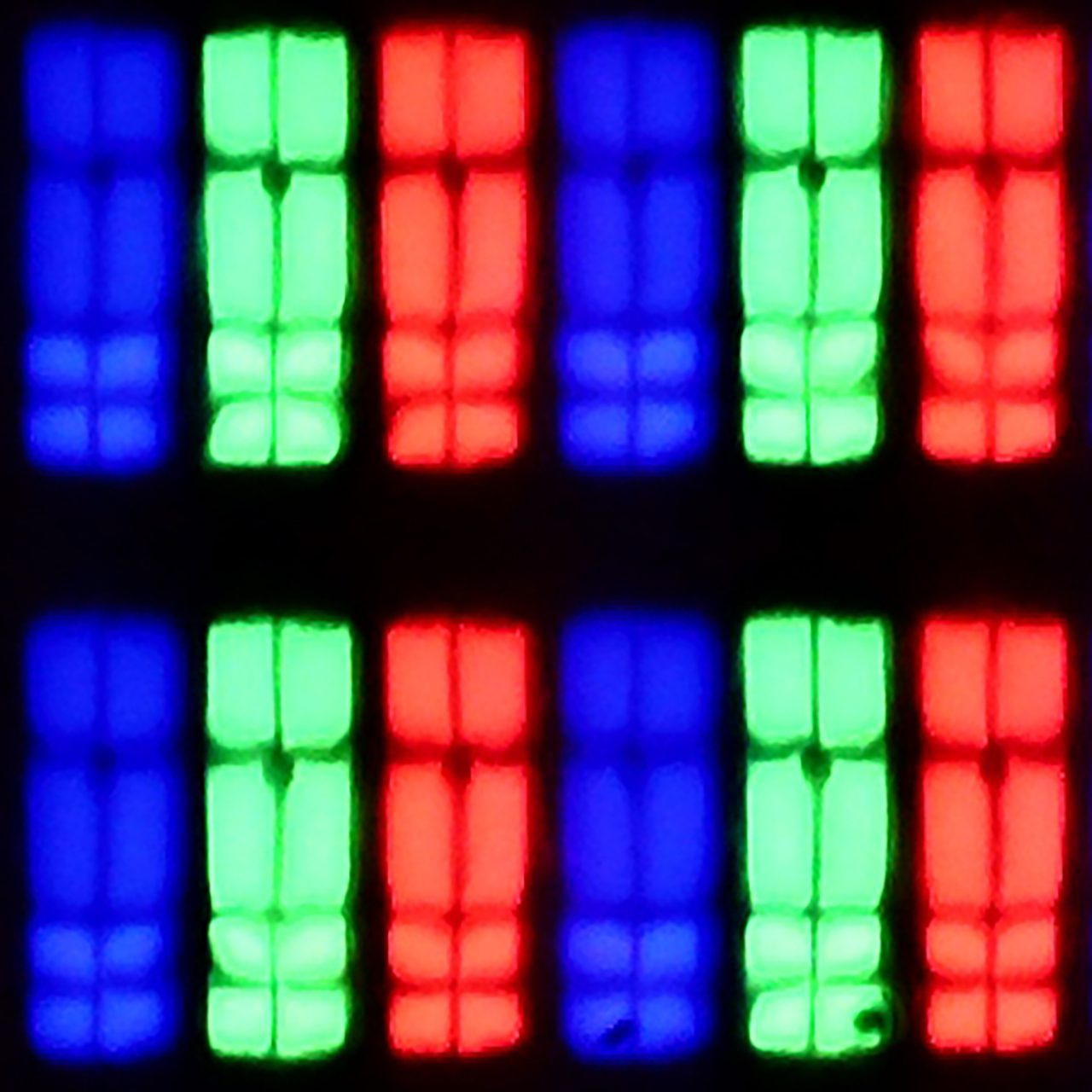
Panel uniformity:

LG QNED87T6B
TCL C7K / QM7K
TV features
9.5/10
7.3/10
- HDMI inputs0 x HDMI 2.0, 4 x HDMI 2.1 48Gbps2 x HDMI 2.0, 2 x HDMI 2.1 48Gbps
- OutputsToslink (Optical audio), eARC (HDMI), ARC (HDMI)Toslink (Optical audio), eARC (HDMI), ARC (HDMI)
- Network InterfacesWi-Fi 2.4GHz, Wi-Fi 5GHz, Ethernet (LAN) 100MbpsWi-Fi 2.4GHz, Wi-Fi 5GHz, Ethernet (LAN) 100Mbps
- TV receptionDVB-T, DVB-T2, DVB-S, DVB-S2, DVB-CDVB-T, DVB-T2, DVB-S, DVB-S2, DVB-C
Classic features:
- Recording to USB (terrestrial TV)
- Recording programming
- Picture in Picture (PiP)
- RF remote control (no need to aim at the screen)
- Backlit remote control
- Teletext
- Audio only mode
- Possibility to connect Bluetooth headphones to the TV
- Possibility to simultaneously use Bluetooth headphones and the TV speaker
Smart features:
- AirPlay
- Screen mirroring (Windows Miracast)
- Wyszukiwanie głosowe
- Voice search in native language
- Ability to connect a keyboard and mouse


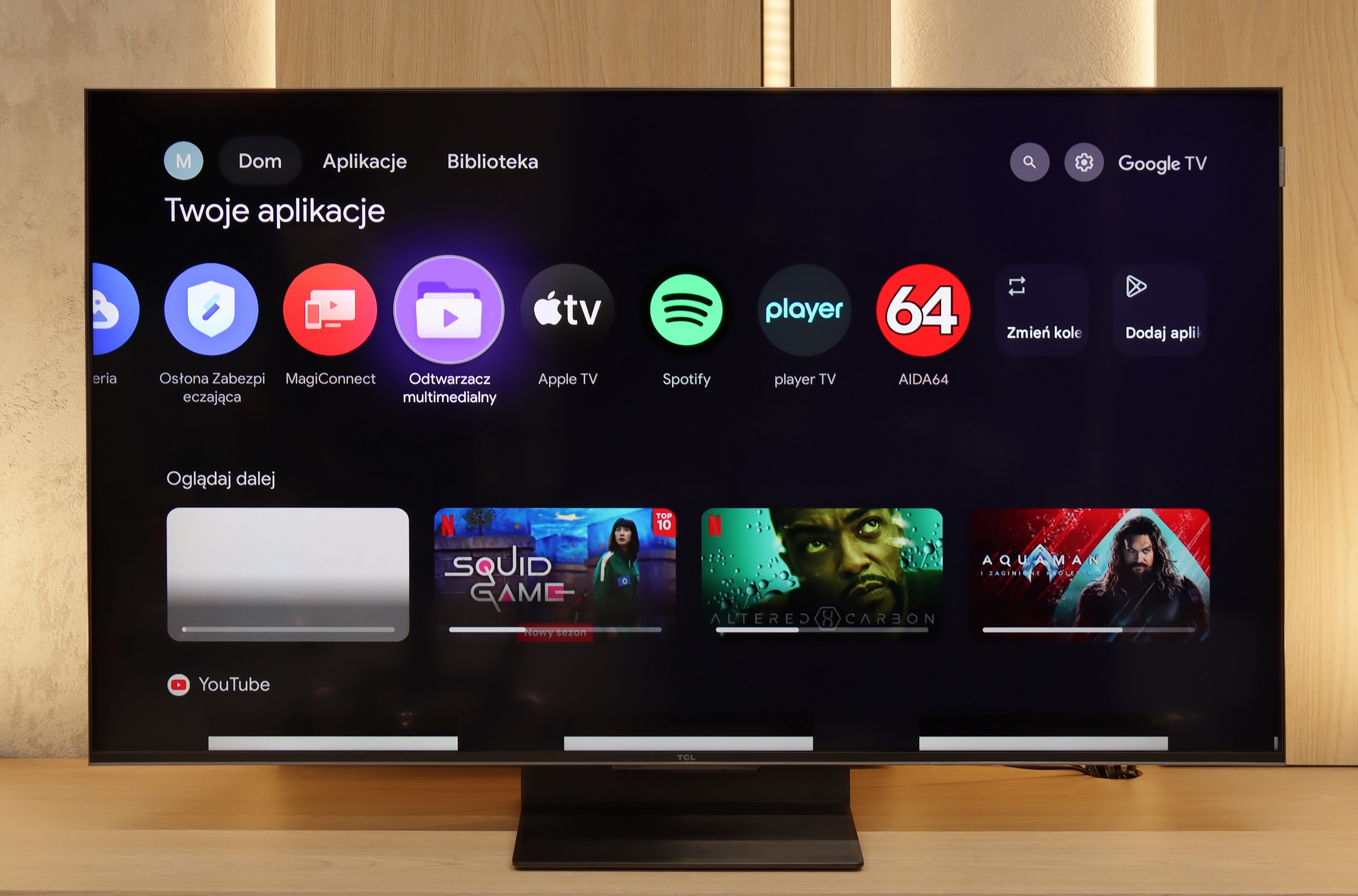
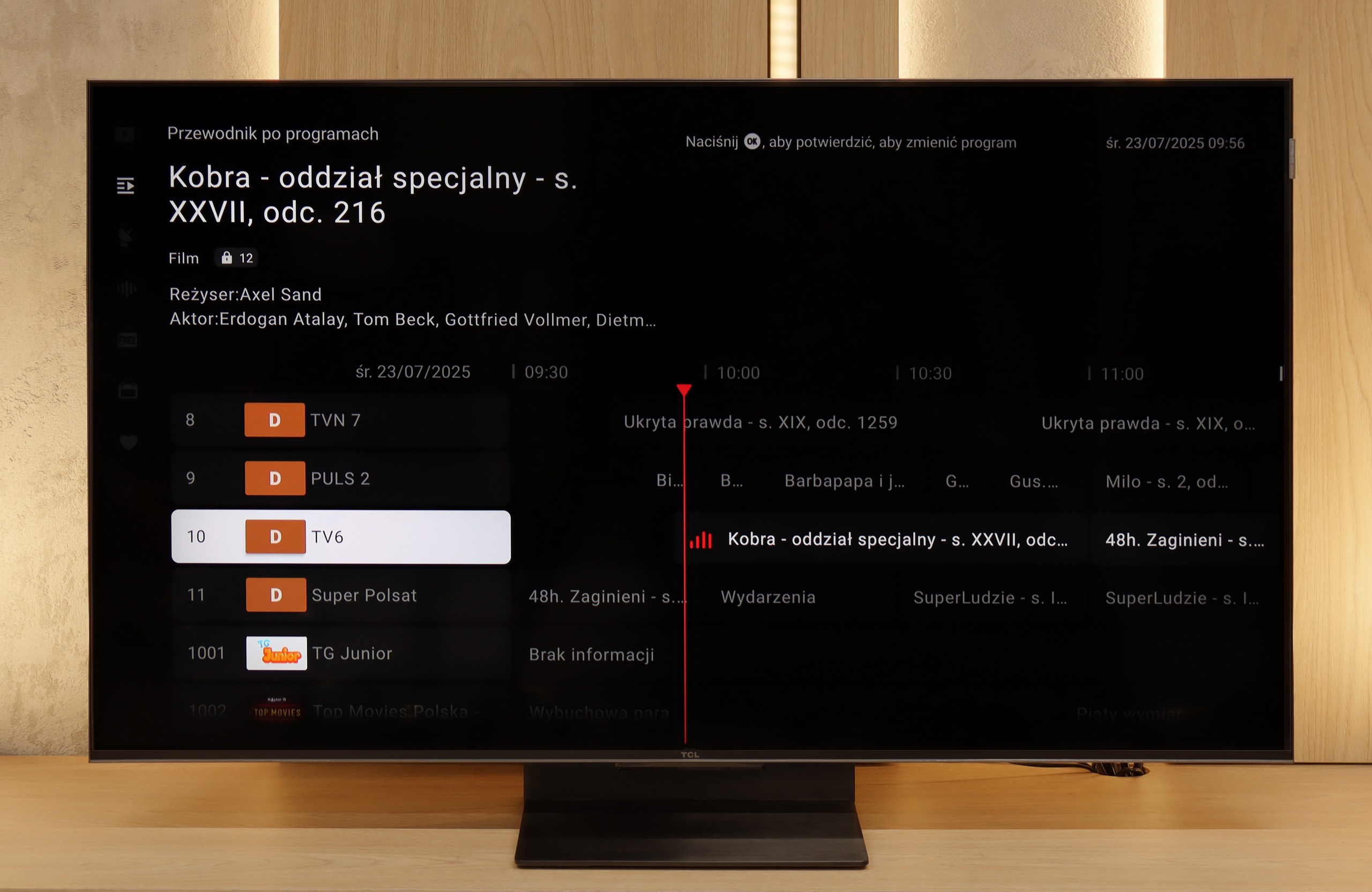
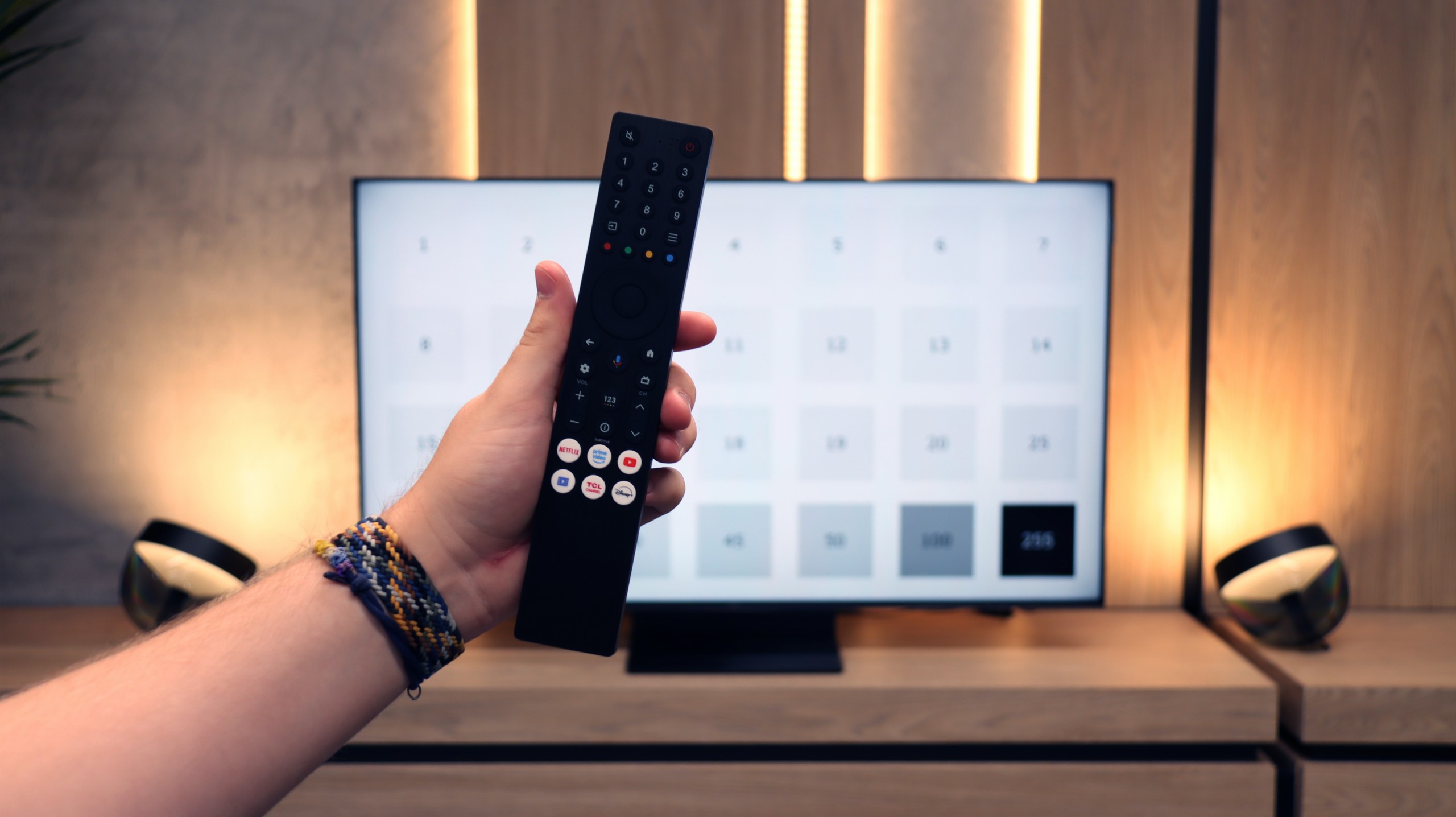
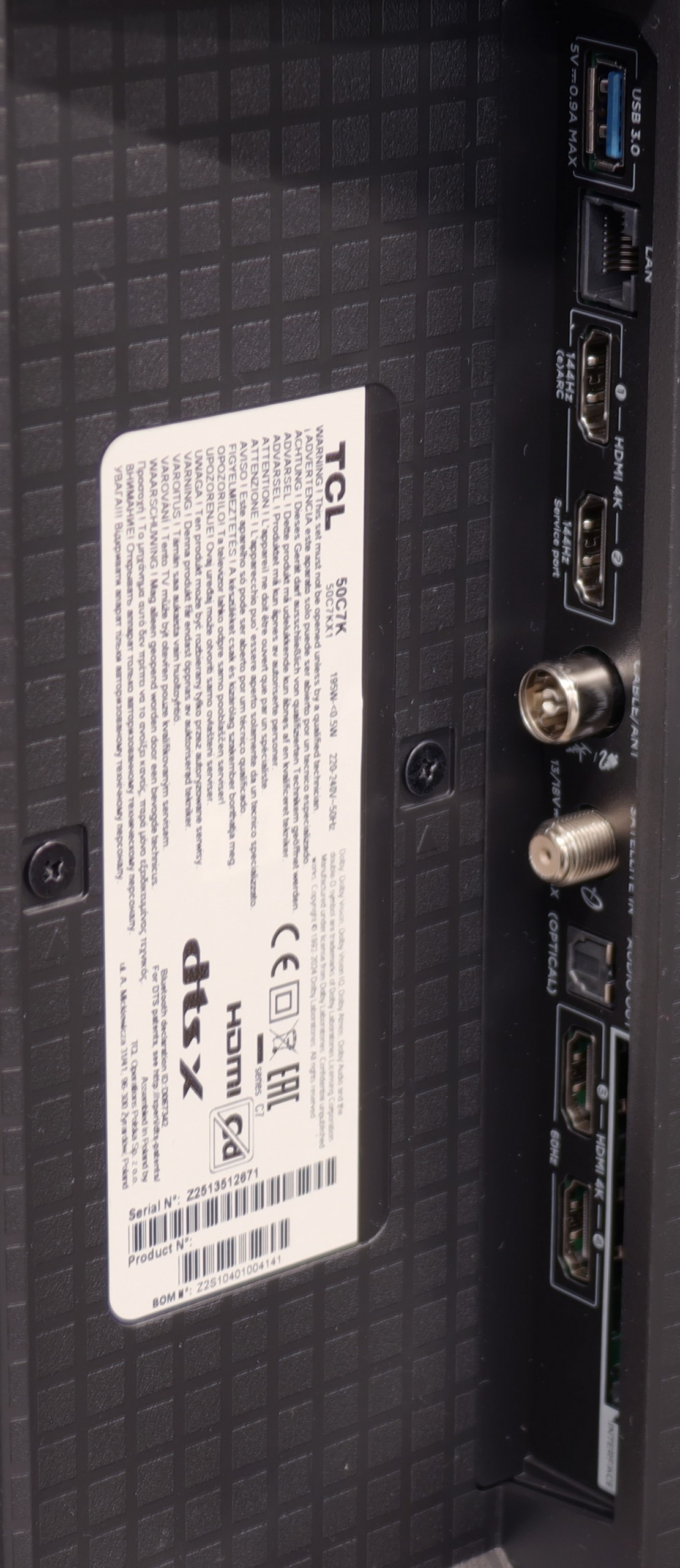
LG QNED87 Television offers a multitude of features that significantly enhance user comfort. Let's start with the WebOS system, which we believe has the most user-friendly interface among all televisions available on the market. One of its greatest assets is the remote control with an integrated gyroscope, known as the Magic Remote. Thanks to this, navigation is intuitive and fast, making the use of the television a pleasure. WebOS also supports a number of smart features that greatly simplify daily use of the television. Among them, we find AirPlay, which allows easy content streaming from Apple devices such as iPhone or iPad. Additionally, the television supports a wide range of streaming applications, such as Netflix, YouTube, Amazon Prime Video, and many others, providing access to favourite films and series in one place. When it comes to daily usage, LG QNED87 does not disappoint. The television offers a USB recording function, which is increasingly rare in today's models. This allows for recording favourite programmes and watching them at any time. Furthermore, the television has a PIP (Picture-in-Picture) function, although only for one tuner, enabling the viewing of two programmes simultaneously. Connecting additional devices via Bluetooth is simple and hassle-free. The television supports various Bluetooth devices, such as mice, keyboards, or headphones, increasing its versatility and allowing easy personalisation of the user experience. With all these features, the LG QNED87 television is a versatile and convenient device that meets the expectations of even the most demanding users.
SmartTV: GoogleTV
The greatest strength of the TCL C7K in everyday use is undoubtedly the Google TV system. Thanks to it, we have access to an almost endless library of applications, including some more niche ones that are often unavailable on other platforms. The built-in Google Assistant understands Polish, so we can easily ask what’s on TV, what the weather is like, and even issue a few voice commands to control the television. The presence of Chromecast and AirPlay, which work smoothly and make life easier, is also a plus.
User Functions
On the downside, the classic features are somewhat lacking. Of course, we have the basics – teletext, EPG, and the ability to connect headphones – but that’s about it. There is no USB recording feature or picture-in-picture (PiP) mode, which can still be found among competitors. It’s also worth remembering that Google TV in the TCL edition can sometimes have strangely translated parts of the menu or minor errors in the interface. These are not things that interfere with daily use, but those sensitive to details may notice them.
Playing files from USB
8.2/10
9.2/10
Supported photo formats:
Maximum photo resolution:


The built-in media player in the LG QNED87 television should not disappoint anyone. It offers rich capabilities when it comes to playing video and audio files. It supports many popular formats, providing versatility and user convenience. The only criticism that could be made is the limited number of supported image formats. However, this mainly concerns those less popular formats, so most users should be satisfied with the player's functionality. For everyday use and typical multimedia formats, the player performs very well.
The built-in file player in the TCL C7K performs really very well. It supports most of the most popular audio and video formats, so if we want to quickly plug something in from a USB drive and play it – there should be no problem. Of course, as is usually the case, we can find some minor shortcomings – not every exotic codec will work (Apple's HEIC), not all subtitles will be perfectly synchronised (txt.). However, the biggest advantage of this television comes to the rescue, namely Google TV. Thanks to access to the Google Play store, we can easily install an alternative player, e.g. VLC, and then no files will be a concern for us.
Apps
8.3/10
9.6/10














































Sound
6/10
7/10
- Subjective sound quality:6/107/10
- Dolby Digital Plus 7.1:
- Dolby True HD 7.1:
- Dolby Atmos in Dolby Digital Plus (JOC):
- Dolby Atmos in Dolby True HD:
- DTS:X in DTS-HD MA:
- DTS-HD Master Audio:
When it comes to sound, one could say it is moderately pleasant. There is a lack of pronounced bass, and the mid-tones seem somewhat unclean. This is not an ideal situation for audiophiles, but it is worth noting that the television has no trouble playing DTS files. This is a feature that is lacking in many other televisions, so the LG QNED87 deserves praise for this support.
To be honest, we didn’t expect much from the sound of the 50-inch version of the C7K model. Typically, in such sizes, it’s hard to get anything more than thin, flat sound. But here – a pleasant surprise. The audio proved to be really enjoyable, with good clarity and even a slightly discernible bass. This is probably related to TCL's new collaboration with the Bang & Olufsen brand, which is a novelty for 2025. Whether the C7K actually uses the original transducers from the Danish premium brand – we cannot confirm. But the end result still deserves a thumbs up. For a television without a soundbar – it sounds quite pleasant.


